Secret Societies and Occults
Explore the enigmatic world of secret societies and occult practices. Delve into the history, symbolism, and hidden rituals of groups like the Freemasons and Illuminati as well as influential figures such as Benjamin Franklin, Issac Newton and Aleister Crowley.
Sorry for the annoying ads this is how I earn money :(
The Difference
First let's understand the difference between them. The terms secret society and occult are sometimes intertwined, as many secret societies incorporate occult practices or symbolism. However, they are distinct concepts with their own definitions and purposes. Here's the breakdown:
1. Secret Society
A secret society is an organization or group that operates with secrecy, often keeping its existence, members, or activities hidden from the public.
Key Features:
Structure: Secret societies often have a formal organizational structure with ranks, initiation rites, and exclusive membership.
Secrecy: Members are sworn to confidentiality, and the society’s activities, rituals, and objectives are typically not disclosed to outsiders.
Goals: The goals of secret societies can vary widely, from wielding political or economic influence to pursuing spiritual, intellectual, or social purposes.
Examples:
Freemasons: A fraternal organization with rituals, symbols, and traditions focused on self-improvement, moral teachings, and charity.
Illuminati: (Historical and modern interpretations) A group allegedly aiming to influence global politics and culture.
Skull and Bones: An elite society at Yale University with powerful alumni networks.
Primary Focus:
Building exclusive networks.
Influencing societal, political, or economic systems.
Preserving tradition and secrecy.
2. Occult
The occult refers to practices, beliefs, or knowledge related to the mystical, supernatural, or hidden aspects of existence.
Key Features:
Focus on Hidden Knowledge: The term "occult" comes from the Latin occultus, meaning "hidden" or "secret." It deals with uncovering hidden truths about the universe, spirituality, or the human mind.
Practices and Beliefs: The occult often involves rituals, magick (with a "k" to differentiate it from stage magic), divination, alchemy, astrology, spirit communication, and other mystical practices.
Philosophical/Spiritual Orientation: Occult practices are typically geared toward personal enlightenment, spiritual transformation, or gaining supernatural abilities.
Examples:
Thelema: A spiritual philosophy developed by Aleister Crowley, rooted in ceremonial magick and self-realization.
Hermeticism: A mystical tradition blending alchemy, astrology, and theurgy.
Witchcraft: Practices involving spells, rituals, and nature-based spirituality.
Primary Focus:
Exploring hidden or supernatural aspects of reality.
Understanding metaphysical systems.
Achieving personal spiritual growth or enlightenment.


Overlap Between Secret Societies and Occult
While they are distinct, there is significant overlap, as many secret societies incorporate occult practices or esoteric knowledge into their traditions:
Freemasonry includes mystical and symbolic elements rooted in Hermeticism, alchemy, and sacred geometry.
The Hermetic Order of the Golden Dawn was both a secret society and an occult organization, focusing on ceremonial magick and mystical traditions.
The Ordo Templi Orientis (OTO), led by Aleister Crowley, combined secret society structures with occult practices, especially those tied to Thelema.
Origins of Secret Societies
The origins of secret societies can be traced back to ancient civilizations where groups gathered to protect, preserve, and share esoteric knowledge, religious rituals, or political agendas.
Ancient Egypt: Priestly classes maintained secret rituals and knowledge of the afterlife, architecture, and cosmology.
Pythagoreans (6th century BCE): A group of philosophers in ancient Greece who blended mathematics, spirituality, and secrecy.
Mystery Religions: Groups like the Eleusinian Mysteries in Greece practiced initiation ceremonies involving hidden teachings about life, death, and the divine.
Medieval Guilds (Middle Ages): Trade guilds like the stonemasons (precursors to Freemasonry) operated with secret rituals to preserve their crafts and protect members' interests.
Purpose of Secret Societies
Secret societies are formed for various purposes depending on their historical context, structure, and ideology:
Preservation of Knowledge: Some secret societies were created to safeguard esoteric or forbidden knowledge, particularly during times of censorship (e.g., Hermeticism).
Power and Influence: Many groups sought to influence political, economic, or social systems from behind the scenes (e.g., the Illuminati).
Spiritual or Mystical Development: Some societies focused on spiritual enlightenment, rituals, or mysticism (e.g., the Hermetic Order of the Golden Dawn).
Fraternity and Networking: Societies like the Freemasons created exclusive social networks that helped members gain mutual support and benefits.
Resistance Movements: In some cases, secret societies functioned as resistance movements against other regimes (e.g., the Carbonari in Italy).
Freemasons
The Freemasons are widely regarded as one of the largest, oldest and most well-known secret societies in the world. With an estimated membership of around 6 million people, they have a significant presence globally. Freemasonry operates through approximately 33,000 lodges spread across over 150 countries, including major strongholds in the United States, the United Kingdom, and Europe. While not entirely "secret" in nature, as they openly exist and engage in community activities, the organization maintains an air of exclusivity through its rituals, symbols, and practices, which are shrouded in mystery. This blend of openness and secrecy has cemented its reputation as the world's largest and most influential secret society.
Origins and History
Medieval Guilds: Freemasonry is believed to have emerged from medieval stonemason guilds, which were organized to train craftsmen and protect trade secrets.
Transition to Speculative Masonry: By the 17th century, Freemasonry shifted from being a guild for actual stonemasons ("operative masons") to a philosophical society for intellectuals and influential people ("speculative masons").
First Grand Lodge: In 1717, the first official Grand Lodge was established in London, marking the formal beginning of modern Freemasonry.
Freemasons use symbols and rituals inspired by tools and practices of stonemasons, such as the square, compass, and trowel, to teach moral lessons and self-improvement.
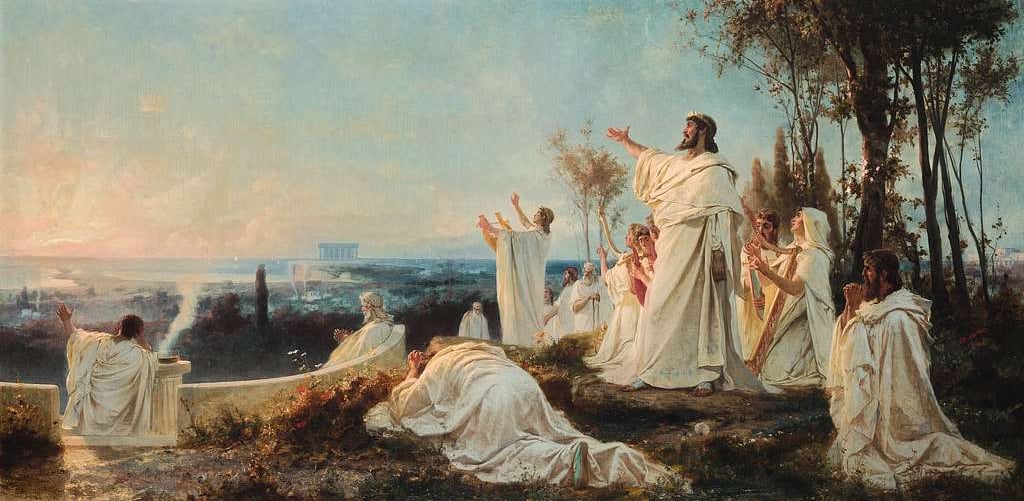

Notable Freemasons
Freemasonry has attracted influential figures from various fields, including politics, science, arts, and entertainment. Here are some notable members:
George Washington: The first President of the United States and a member of the Fredericksburg Lodge in Virginia.
Benjamin Franklin: Founding Father of the U.S. and a member of the Grand Lodge of Pennsylvania.
Winston Churchill: British Prime Minister during World War II and member of the Studholme Lodge.
Prince Philip (Duke of Edinburgh): Husband of Queen Elizabeth II and a member of Navy Lodge No. 2612.
Mozart: The famous composer was deeply involved in Masonic circles, and his opera The Magic Flute contains Masonic symbolism.
J. Edgar Hoover: First director of the FBI.
Buzz Aldrin: Astronaut and the second man to walk on the moon.
Henry Ford: Founder of Ford Motor Company.
Motilal Nehru: A lawyer, nationalist leader, and the father of India's first Prime Minister, Jawaharlal Nehru, Motilal Nehru was a member of Freemasonry during his career.
Jamshedji Tata: The founder of the Tata Group, Jamshedji Tata is known as the "Father of Indian Industry." He was an active Freemason and played a significant role in contributing to India's industrial development.
Sir Sultan Muhammad Shah Aga Khan III: The spiritual leader of the Ismaili Muslims, Aga Khan III, was a prominent Freemason.
Sir Syed Ahmad Khan: The founder of Aligarh Muslim University and a prominent Indian Muslim reformer, was a member of the Lodge of Hope and Perseverance No. 782 in Lahore.
Mustafa Kemal Atatürk: The founder of modern Turkey and its first President, Atatürk, is believed to have been a Freemason. He was known for his secular reforms that transformed Turkey into a modern and secular state.
Hymn of the Pythagoreans to the Rising Sun
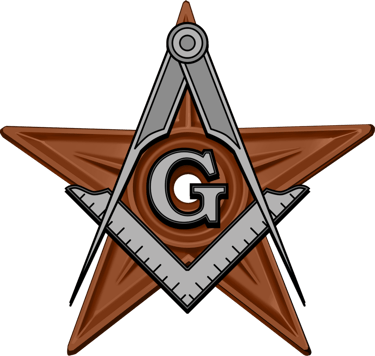
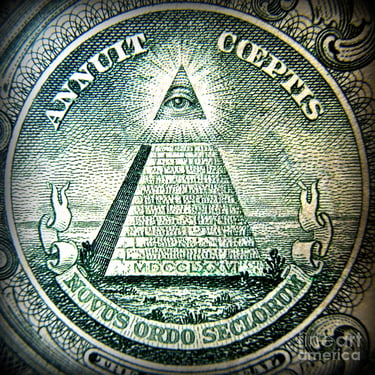
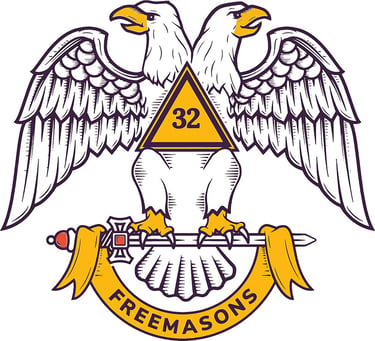
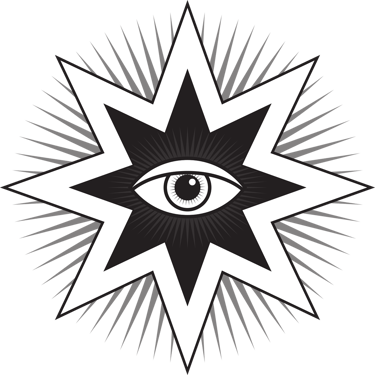




The Illuminati
The illuminati is one of the most famous and mysterious secret societies in history, surrounded by both fact and fiction. It was originally founded on May 1, 1776, in Bavaria (modern-day Germany) by Adam Weishaupt, a professor of canon law. Known as the Bavarian Illuminati, the group aimed to promote Enlightenment values such as reason, secularism, freedom of thought, and opposition to religious and political beliefs. The organization sought to influence societal change by infiltrating powerful institutions, including governments and religious organizations.
The society was originally named the Order of the Illuminati, and its structure was inspired by other secret societies, such as the Freemasons. Weishaupt recruited intellectuals, scholars, and influential individuals to join the Illuminati, with the intent of creating a network of like-minded thinkers who could subtly influence society from within powerful institutions.
The group was organized hierarchically, with ranks and degrees of initiation, allowing members to move up as they demonstrated their loyalty and commitment to the cause. Weishaupt adopted aliases for members, and the group operated under strict secrecy to avoid detection by authorities.
Initially, the Illuminati grew rapidly, and by the late 1780s, it had an estimated 2,000–3,000 members. Many prominent individuals joined, including politicians, philosophers, and academics. However, their influence and clandestine nature raised suspicion. The Bavarian government, under Elector Karl Theodor, banned all secret societies in 1784. By 1785, the Illuminati was disbanded, with its members dispersed or arrested.
Despite its historical demise, the Illuminati has persisted in popular culture and conspiracy theories. It is often portrayed as a shadowy organization secretly controlling global events, including politics, economics, and media, in pursuit of a New World Order. Symbols such as the all-seeing eye, pyramids, and owls are frequently associated with the group, though many of these symbols predate the Illuminati and are often conflated with Freemasonry.
In contemporary culture, the Illuminati has become a symbol of hidden power and intrigue, often referenced in books, movies, and online conspiracy theories.
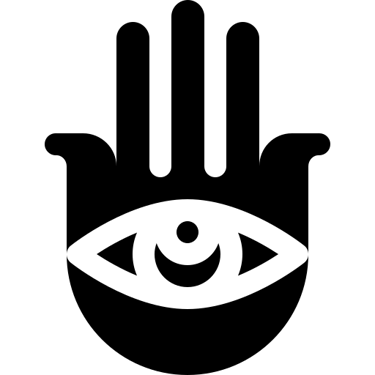
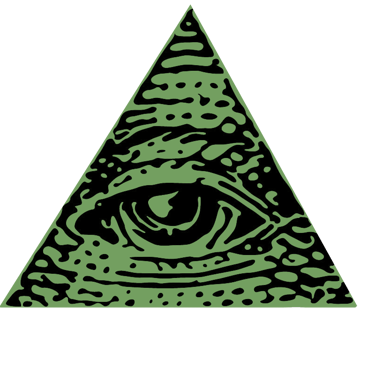
Notable Movements of Illuminati
French Revolution (1789–1799):
Some conspiracy theorists, including Abbé Barruel and John Robison, claimed the Illuminati infiltrated revolutionary groups to spread Enlightenment ideals and overthrow monarchies.
Enlightenment Era Reform Movements:
The Illuminati sought to challenge monarchy and religious authority during the Enlightenment. They promoted ideals like secularism, equality, and scientific progress, influencing later reformist movements indirectly.
(Conspiratorial)
New World Order (NWO):
Conspiracy theories claim the Illuminati controls global events to establish a one-world government or New World Order. Often tied to political, financial, and corporate elites supposedly working in secrecy.
Global Financial System:
The Illuminati is alleged to manipulate the global economy, including institutions like the Federal Reserve, IMF, and World Bank. Theories suggest control over banking systems for world domination, though no evidence substantiates these claims.
Media and Entertainment Industry:
Accused of influencing pop culture through subliminal messages and symbols (e.g., all-seeing eye, pyramids). Celebrities like Beyoncé, Jay-Z, and others are often rumored to be "Illuminati members" to spread their influence.
Political Movements and Wars:
The Illuminati is alleged to influence global conflicts and political alliances to maintain control. Major events like World Wars, 9/11, and modern geopolitical shifts are often linked to their supposed agenda.
Scientific and Technological Advancements:
Theories suggest Illuminati involvement in major scientific breakthroughs, including space exploration, AI development, and biotechnology, to consolidate power and knowledge.
Notable Members of Illuminati
Adam Weishaupt: Founder of the Bavarian Illuminati and Professor of canon law and philosophy at the University of Ingolstadt. He created the group to promote reason and secular thought.
Adolph Franz Friedrich Ludwig Freiherr Knigge: He was a German writer, Freemason, and a leading member of the Order of the Illuminati. He was the most effective recruiter for the Illuminati
Johann Gottfried Herder: Philosopher and theologian and a rominent supporter of Enlightenment ideals, reportedly connected to the Illuminati.
Duke Ferdinand of Brunswick-Wolfenbüttel: He was a German military officer best known for his participation in the Seven Years' War. From 1757 to 1762, he led an Anglo-German army in western Germany which successfully repelled French attempts to capture Hanover.
(Conspiratorial)
While the original Bavarian Illuminati disbanded in 1785, conspiracy theories suggest its continuation in modern forms. Claims of membership have been made about public figures, though no evidence exists. These claims are purely speculative and include:
Politicians: Figures such as Barack Obama, George Soros, and Hillary Clinton have been linked to the Illuminati in conspiracy theories.
Celebrities: Musicians like Beyoncé, Jay-Z, and Rihanna are frequently accused of being Illuminati members due to symbolic references in their work.
Business Leaders: Wealthy individuals like Bill Gates and Elon Musk are sometimes associated with Illuminati narratives.
Skull and Bones
The Skull and Bones (also known as The Order, Order 322 or The Brotherhood of Death) is one of the most exclusive and mysterious collegiate secret societies, based at Yale University in New Haven, Connecticut, USA. Founded in 1832, it is officially known as the Order of the Skull and Bones or simply The Order. Its activities, traditions, and influence have made it the subject of fascination, conspiracy theories, and speculation over the years. It is considered one of the "Big Three" societies at Yale University; the other are Scroll and Key and Wolf's Head. The society is known informally as "Bones", and members are known as "Bonesmen", "Members of The Order" or "Initiated to The Order".
Origins and History
Founded: 1832 by William Huntington Russell and Alphonso Taft, along with other Yale students.
Purpose: Initially intended to create a space for fostering camaraderie and influence among the elite. Over time, it became a network for its members to access positions of power and influence.
Base of Operations: The group meets in a windowless, ivy-covered building on Yale’s campus known as "The Tomb".
Membership
Membership is limited to 15 Yale juniors selected each year (known as "Bonesmen").
Members are typically chosen for their academic, athletic, or leadership accomplishments.
It has a highly exclusive and elitist structure, and members often include children of wealthy, powerful families.
Traditions and Rituals
The Skull and Bones society is known for its secrecy and esoteric rituals.
New members are inducted through elaborate initiation ceremonies, some of which reportedly involve macabre symbols (e.g., skulls and coffins).
Members swear oaths of secrecy and are forbidden to discuss the group’s activities.
Purpose and Influence
Skull and Bones has often been accused of fostering a network of elites who influence politics, business, and global affairs.
Conspiracy theories claim that it is part of a broader agenda for world domination, linking it to other alleged secret groups like the Illuminati.
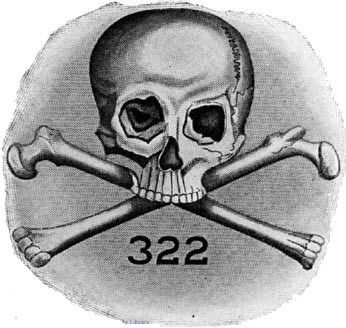

Notable Members
William Howard Taft: U.S. President (1909–1913).
Prescott Bush: U.S. Senator and father of President George H. W. Bush.
George H. W. Bush: U.S. President (1989–1993).
George W. Bush: U.S. President (2001–2009).
John Kerry: U.S. Senator, Secretary of State, and 2004 presidential candidate.
Stephen Schwarzman: Co-founder of Blackstone Group, world's largest alternative asset manager, with over $1 trillion in assets under management.
Origin of Occult Practices
Ancient Civilizations: Occult practices date back thousands of years to ancient civilizations like Egypt, Mesopotamia, and India. These cultures explored astrology, alchemy, divination, and rituals to connect with higher powers or gain secret knowledge.
Egypt: Mysticism and the worship of deities like Thoth (god of wisdom and magic).
Babylonia: Development of early astrology and sacred geometry.
India: Yoga, meditation, and Tantric practices tied to mystical spiritual awakening.
Middle Ages and Renaissance: The European Middle Ages saw occult knowledge become associated with alchemy, astrology, and magic, with figures like Hermes Trismegistus (Hermeticism) and Paracelsus contributing to its growth. During the Renaissance, there was a revival of occult interests through the works of scholars who merged mysticism with science.
18th–20th Century Occult Revival:
The Enlightenment era saw secret societies like the Rosicrucians and Freemasons incorporate occult philosophies.
The 19th century saw figures like Madame Blavatsky and the creation of Theosophy, which blended Eastern mysticism with Western esotericism.
The early 20th century brought Aleister Crowley and Thelema, emphasizing magical practices and spiritual awakening.
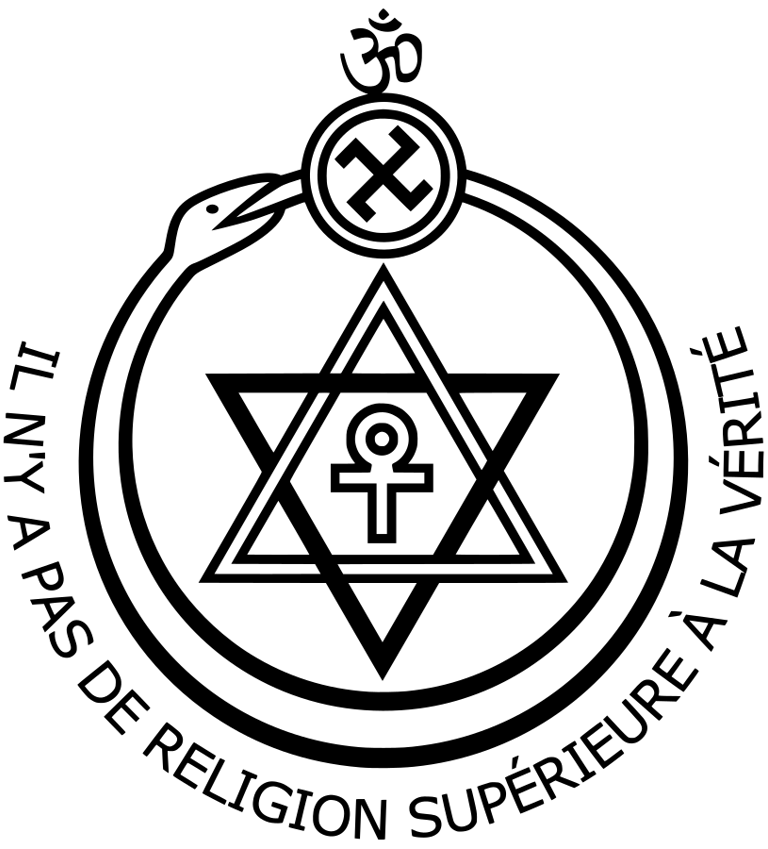

Seal of the Theosophical Society
Purpose of the Occult
Spiritual Exploration: To seek deeper understanding of the universe, the self, and hidden spiritual truths.
Power and Influence: Some occult practices focus on gaining personal or supernatural power through rituals, spells, or invocations.
Esoteric Knowledge: To explore knowledge not accepted by mainstream science or religion, such as alchemy or astrology.
Healing and Transformation: Occult healing practices like energy work, herbalism, and magic focus on mental, physical, and spiritual well-being.
Mystical Connection: To communicate with higher beings, spirits, or the divine through meditation, rituals, and ceremonies.
Largest Occult Practices
Occult practices today are decentralized, with no singular dominant group. However, some of the most widespread practices include:
Tarot Cards: Originally a card game, tarot became a tool for divination.
Alchemy: Precursor to modern chemistry, shaping early scientific exploration.
Astrology: Globally popular for its interpretation of celestial events and their influence on human life.
Wicca: A modern pagan, witchcraft-based religion that incorporates magical practices.
Thelema: Founded by Aleister Crowley, focusing on personal will and magical practices.
New Age Movements: Incorporating elements of the occult, including energy healing, crystals, and divination.
Esoteric Societies: Groups like the Hermetic Order of the Golden Dawn and the Ordo Templi Orientis (OTO) continue to promote occult studies.
Kabbalah Magic: Derived from Jewish mystical traditions, it incorporates the Tree of Life, divine names, and numerology into rituals aimed at influencing reality. It is practiced both in traditional Kabbalistic contexts and Western occult systems.
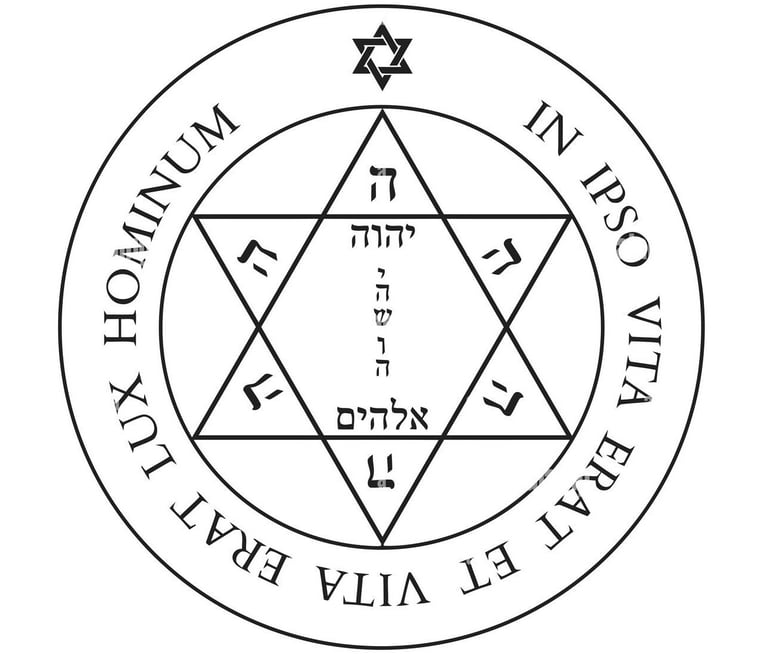

Kabbalah Magic Symbol
Popular Occults
The Hermetic Order of the Golden Dawn
Origin: Founded in the late 19th century in England.
Focus: Ritual magic, alchemy, astrology, tarot, and kabbalah.
Famous Members: Aleister Crowley, W.B. Yeats, and Arthur Edward Waite.
Significance: The Golden Dawn heavily influenced modern Western esotericism, including Wicca and ceremonial magic.
The Theosophical Society
Origin: Founded in 1875 by Helena Blavatsky, Henry Olcott, and William Quan Judge.
Focus: Blending Eastern and Western spiritual traditions, metaphysics, and the search for universal truths.
Beliefs: Emphasis on reincarnation, karma, and spiritual evolution.
Influence: Played a role in popularizing Eastern philosophies in the West.
Ordo Templi Orientis (OTO)
Origin: Established in the early 20th century, later reshaped by Aleister Crowley.
Focus: Ceremonial magic, Thelema (Crowley's philosophy of "Do what thou wilt"), and esoteric rituals.
Beliefs: Focused on personal freedom and spiritual exploration through rituals and symbolic practices.
The Church of Satan
Origin: Founded in 1966 by Anton LaVey.
Focus: Atheistic philosophy that promotes individualism, self-indulgence, and personal empowerment.
Beliefs: Does not worship Satan; rather, it uses Satan as a symbol of human nature and freedom.
Temple of Set
Origin: Founded in 1975 by Michael A. Aquino after splitting from the Church of Satan.
Focus: Practicing "Setian" magic for self-deification and personal evolution.
Beliefs: Views Set (an ancient Egyptian deity) as a symbol of individualism and self-determination.
Thelema
Thelema, founded by Aleister Crowley, is a spiritual occult centered on discovering and fulfilling one's True Will. Its core belief is expressed in The Book of the Law: "Do what thou wilt shall be the whole of the Law."
Key Rituals
Liber Resh vel Helios: Daily Sun adoration to align with cosmic forces.
Star Ruby: Banishing ritual to purify space and focus energy.
Gnostic Mass: A ceremonial celebration of union and divinity.
HGA Invocation: Connecting with Guardian Angel (higher self).
Sexual Magick: Using sexual energy for spiritual and magickal work.
Symbols
Unicursal Hexagram: Represents balance and unity of opposites.
Tree of Life: Kabbalistic map for spiritual exploration.
Sigils: Personalized symbols to manifest intentions.
Thelema Deities: Nuit (infinite space), Hadit (point of consciousness), and Ra-Hoor-Khuit (divine force of action).
Notable Members of Thelema
Aleister Crowley
Founder of Thelema and author of The Book of the Law.
Known for his writings on magick, mysticism, and occult philosophy.
Jack Parsons
A pioneering rocket scientist and co-founder of the Jet Propulsion Laboratory (JPL).
Practiced Thelemic rituals and sought to manifest his True Will through magick.
Marjorie Cameron
Artist, actress, and Jack Parsons’ partner.
Participated in Thelemic magick and inspired its artistic legacy.
L. Ron Hubbard
The founder of Scientology, had a brief connection to Jack Parsons.
Met Parsons in 1945, moved into his home, and participated in Thelemic rituals.
Babalon Working (1946): A ritual by Parsons and Hubbard to invoke Babalon, the Thelemic goddess of feminine energy.
Parsons performed the ritual; Hubbard acted as a scribe and medium.


Aleister Crowley
Wicca
Wicca, also called "The Craft", is a nature-based Pagan religion that emphasizes the use of rituals and magic spells. It celebrates the Divine through a balance of feminine and masculine energies.
Origins
Originated in the UK in the 1940s.
Inspired by pre-Christian religions and cultures.
Strongly influenced by Western esotericism.
Gerald Gardner, an English occultist, is considered the modern founder.
Margaret Murray’s work on witchcraft inspired many rituals.
Beliefs
Celebrates both a Goddess and a God.
Belief in supernatural power, such as magick.
Honors the Divine as the Triple Goddess (Maiden, Mother, Crone) and the Horned God (nature and wildlife).
Ritual observance of seasonal and life cycles is central to its practice.
Rituals
Sabbats: Celebrations marking the Wheel of the Year, including seasonal festivals like Yule (Winter Solstice), Beltane (fertility), and Samhain (honoring ancestors).
Esbats: Rituals aligned with the lunar cycle, typically performed during full moons for reflection and manifestation.
Magickal Practices: Wiccans cast spells for healing, protection, and spiritual growth using tools like candles, herbs, and crystals.
Symbols
Pentacle: A five-pointed star within a circle, representing the elements (Earth, Air, Fire, Water, Spirit).
Triple Moon: Depicts the phases of the moon and the three aspects of the Goddess (Maiden, Mother, Crone).
Horned God: Symbolizes the masculine divine, nature, and wildlife.
Wicca Magic Altar
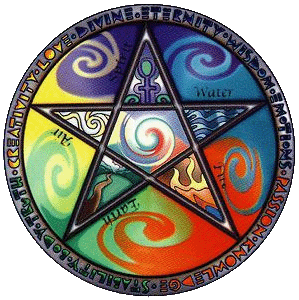

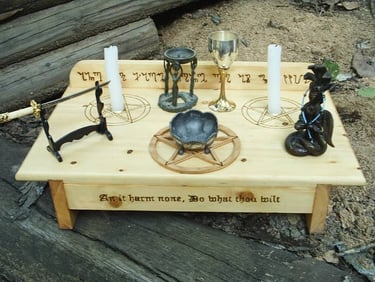



Wicca Tools
Wicca Symbol
Notable Wicca Practitioners
Gerald Gardner (1884–1964)
Known as the "Father of Wicca," he brought Wicca to public attention in the 1950s.
Authored books such as Witchcraft Today and The Meaning of Witchcraft to explain the religion.
Doreen Valiente (1922–1999)
Often called the "Mother of Modern Witchcraft."
Worked closely with Gerald Gardner and revised early Wiccan rituals.
Authored influential works like The Rebirth of Witchcraft.
Margaret Murray (1863–1963)
A British anthropologist whose writings on witchcraft inspired Wiccan practices.
Known for her book The Witch-Cult in Western Europe, which influenced Gardner’s ideas.
Raymond Buckland (1934–2017)
Introduced Wicca to the United States in the 1960s.
Founded the Seax-Wica tradition and authored books like Buckland's Complete Book of Witchcraft.
Scott Cunningham (1956–1993)
A prolific author who popularized solitary Wiccan practice.
Known for books like Wicca: A Guide for the Solitary Practitioner and The Complete Book of Incense, Oils, and Brews.
Starhawk (1951–Present)
A feminist Wiccan and eco-activist.
Wrote The Spiral Dance, a foundational text combining Wicca, feminism, and ecology.
Zsuzsanna Budapest (1940–Present)
A key figure in feminist Wicca and Dianic Wicca.
Wrote The Holy Book of Women's Mysteries, focusing on female-centered spirituality.
Kabbalah
Kabbalah (or Qabalah) is a mystical and esoteric tradition rooted in Jewish mysticism but also adapted by occult practitioners. In the occult context, Kabbalah is often reinterpreted to explore spiritual realms, divine energies, and practical magic. It heavily influences Western occult systems, such as Hermeticism, Thelema, and the Golden Dawn.
Core Concepts in Kabbalistic Magic
The Tree of Life:
Central to Kabbalah, it is a diagram of 10 spheres (Sephiroth) connected by 22 paths.
Represents the divine structure of the universe and the spiritual journey of the soul.
Used for meditation, understanding the cosmos, and accessing divine energy.
Divine Names and Angels:
Practitioners invoke sacred names of God (e.g., Tetragrammaton, YHVH) and angelic beings for spiritual assistance and manifestation.
Each Sephirah is associated with specific divine and angelic forces.
Numerology (Gematria):
Interpretation of words and numbers to reveal hidden spiritual truths and correspondences.
Helps uncover deeper meanings in sacred texts and symbols.
Sacred Symbols:
Hexagrams, Pentagrams, and Sigils: Used in rituals to focus energy and invoke specific spiritual forces.
Seals of Solomon: Often associated with summoning spirits or angels.
Magickal Practices:
Rituals often involve meditation, chanting divine names, creating sigils, and constructing magical talismans based on Kabbalistic principles.
Pathworking: Using the Tree of Life as a map for guided visualization to ascend spiritually.
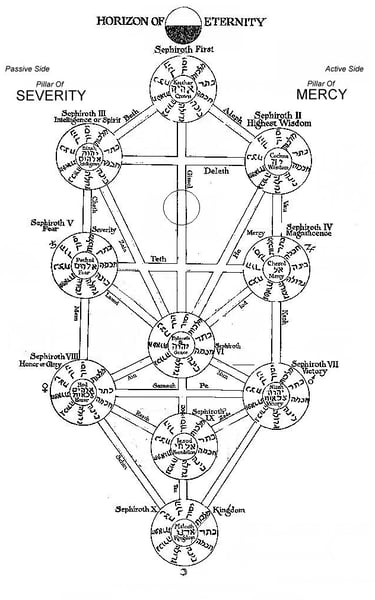

Tree of Life
Practitioners of Kabbalah
Rabbi Isaac Luria (1534–1572)
Known as the "Ari" or "Arizal," Luria is the father of Lurianic Kabbalah, which focuses on cosmic repair (Tikkun Olam) and the dynamics of divine emanations.
Rabbi Shimon bar Yochai (2nd Century CE)
Attributed with writing the Zohar, the foundational text of Kabbalah, offering a mystical interpretation of the Torah.
Rabbi Moshe Cordovero (1522–1570)
A leading Kabbalist in Safed who systematically explained Kabbalistic teachings in his book Pardes Rimonim (Orchard of Pomegranates).
Isaac Newton (1643–1727)
The famed scientist studied Kabbalah alongside alchemy and theology.
He believed Kabbalah contained ancient wisdom about the cosmos, complementing his scientific and religious pursuits.
Carl Jung (1875–1961)
The Swiss psychiatrist was intellectually influenced by Kabbalistic ideas, particularly the Tree of Life, which he linked to his psychological theories of individuation and archetypes.
He saw Kabbalah as a symbolic system reflecting the journey of the psyche and the union of opposites.
Gershom Scholem (1897–1982)
A historian who pioneered the academic study of Kabbalah, analyzing its texts and influence on Jewish thought.
His works, such as Major Trends in Jewish Mysticism, brought Kabbalah into scholarly focus.
Jack Parsons (1914–1952)
A rocket scientist and occultist influenced by Hermetic Kabbalah, blending it with Thelemic practices in his rituals and spiritual explorations.
Madonna (1958–Present)
A prominent celebrity who popularized Kabbalah in modern culture through the teachings of the Kabbalah Centre, focusing on its spiritual and mystical aspects.
Philip Berg (1927–2013)
Founder of the Kabbalah Centre, which simplified and adapted Kabbalistic teachings for a global audience, attracting many followers, including celebrities.
Leonora Leet (1936–2004)
A modern scholar who explored Kabbalah’s connections to sacred geometry and science.
Her works, like The Secret Doctrine of the Kabbalah, examined its mystical symbolism.
